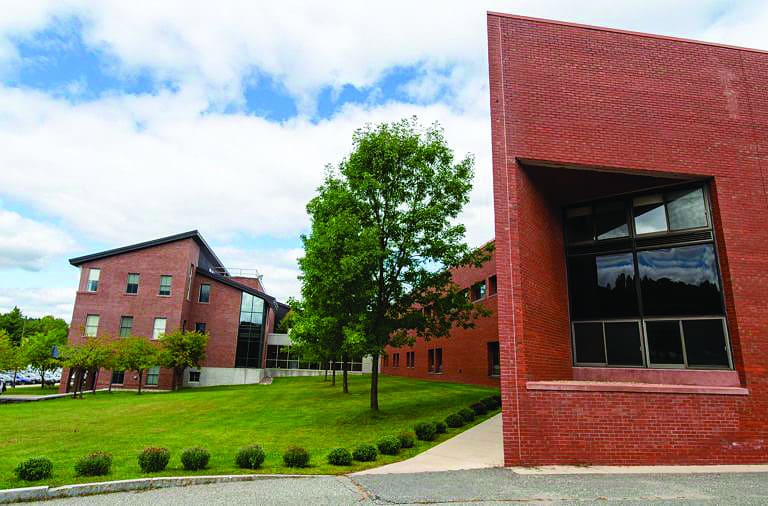
The possible closure of three VCS campuses sparked protests, debate on state’s funding priorities
By Polly Mikula
There was a a torrent of public backlash over the weekend after Chancellor Jeb Spaulding on Friday, April 17, proposed the closing of three Vermont State College campuses, cutting 500 employees under a radical restructuring proposal.
The plan would close down Northern Vermont University (NVU), which has campuses in Lyndon and Johnson, and consolidate Vermont Technical College’s operations onto its Williston campus. VTC would close its Randolph Center campus and deliver its programming using low-residency, regional delivery and distance learning methods. The system’s residential, liberal arts programs, which has about 400 students would be transferred to Castleton University.
“I believe that if we didn’t make a tough decision, it was very likely that the Vermont State Colleges, which is a single corporation, would not be able to continue,” Chancellor Jeb Spaulding said Friday.
Saturday, after hearing the proposal, faculty at NVU issued a no confidence vote in the chancellor, and in a separate letter to trustees called Spaulding’s recommendations a “shortsighted massacre with lasting and irrevocable consequences.”
On Sunday afternoon, Gov. Phil Scott weighed in as well. The governor said while he did not support “adopting the current plan as proposed or asking taxpayers to bailout a system that is no longer financially viable,” he believed a third way was possible. “I’m calling on the Legislature to begin work immediately on a statewide plan to rethink, reform and strengthen the education system in ways that are fair and equitable to every student, every community and every taxpayer,” Scott said in a statement.
Trustees for the Vermont State Colleges met Monday, but postponed a decision on Spaulding’s restructuring proposal for at least a week to allow for further debate and discussion.
Whether Spaulding’s plan is ultimately adopted or not, it is likely to reignite a debate about funding for public higher education — and public education writ large. Vermont perennially ranks at the bottom nationally in state support for its colleges, forcing the schools to rely on student tuition and fees for over 80% of their revenues.
On Monday, April 20, at a press conference, Governor Scott said the plight of “Vermont State Colleges is just the tip of the iceberg,” and that tough budgetary choices “would affect K-12, too, down the road.”
“There’s going to be a lot of need,” he continued, listing hospitals, K-12 schools and municipalities as just a few of those that are also going to face budgetary shortfalls and warned of even more difficult decisions that lawmakers are going to have to make in the coming months. “There is not an infinite amount of money… We’re going to have to prioritize… I think it’s time that we rethink our public education system in its entirety.”
The state of Vermont spends over $1.8 billion on K-12 education, plus about $100 million for higher education each year, Scott said, Monday.
But this year, the state will face a shortfall in projected collections to cover those costs. According to the Joint Fiscal Office’s latest projection, “the Education Fund deficit for FY 2021 could be as high as $150 million. The deficit in the Education Fund is caused mainly by a decrease in consumption tax revenues,” wrote Sue Ceglowski, executive director for the Vermont School Board Association, in a letter ot the board April 20.
The VSC faced a $4.2 million deficit prior to the pandemic and additional losses of about $10 million because of it, Spauding said.
“If we better coordinate, we could have a better system with less money… This maybe is the opportunity to get creative and develop the best education system we can. We’re small, unique, and we can be nimble, if we think outside the box we can get a better product for kids in the end. For the full spectrum of students from early education through to higher ed.”
Xander Landen and Lola Duffort/VTDigger contributed to this report.



